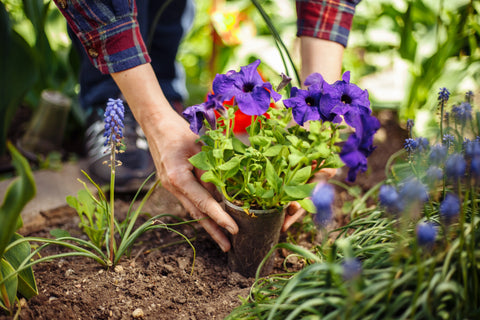Type of Plants To Deadhead
Annuals should be deadheaded often to continue flowering. It can allow for a flowering period in the fall. Deadhead by pinching or snapping off the faded flowers. Avoid cutting through adjacent buds. Sweet alyssum is a small-flowered annual that should be sheared once most of its flowers are faded. Provide them with consistent fertilizer to stimulate further bloom. Annuals such as Calibrachoa and some varieties of petunias do not need to be deadheaded because they are self-cleaning.
Some perennials will rebloom if deadheaded. These include astrantia, black-eyed Susan, coneflower, lupine, penstemon, phlox, salvia, Shasta daisy, and veronica. Some shrubs will produce more flowers if deadheaded. These include Hummingbird Bush, hydrangea, rose, and spirea. Blooming once per season, irises, lilacs, lilies, peonies, and tulips, for example, will not produce new blooms when deadheaded, but their spent flowers can still be removed, putting more energy into the plant or bulb, hence leading to vigorous growth and blooms the following year. Once-per-season bloomers, astilbe, and ornamental grasses are left over for the showy seed heads.
Note: These are not exhaustive lists of what plants to deadhead. Check the specifics for your particular plants.







